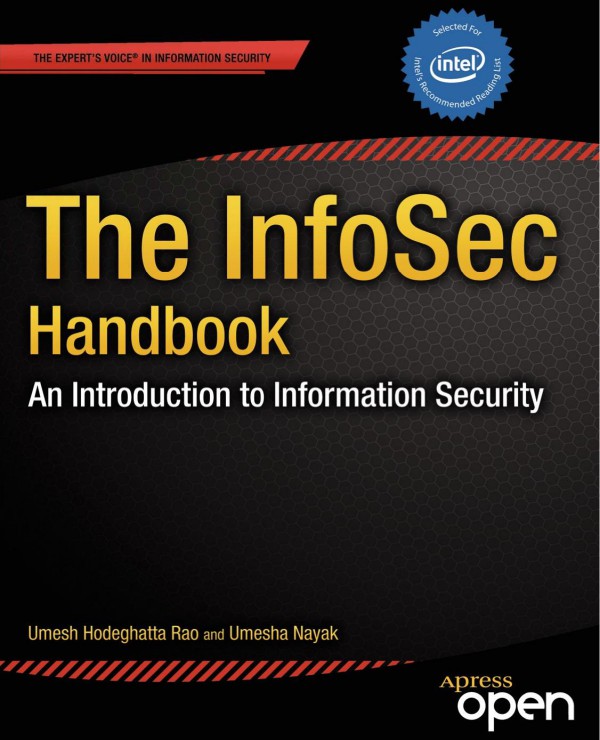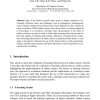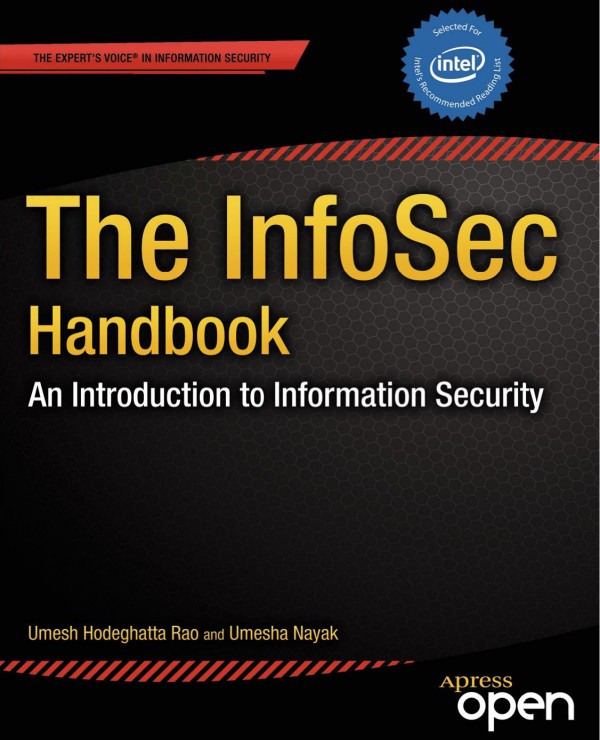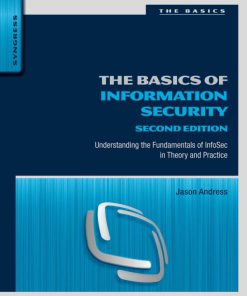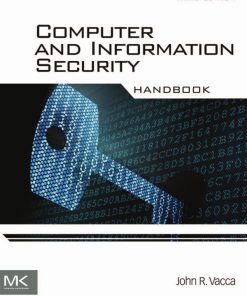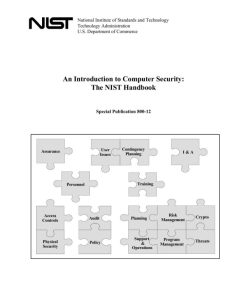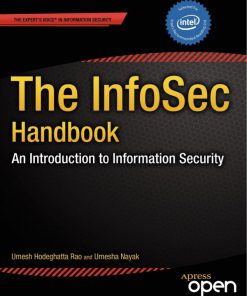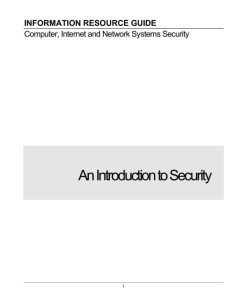The InfoSec Handbook An Introduction to Information Security 1st edition by Umesha Nayak, Umesh Hodeghatta Rao ISBN 1430263822 978-1430263821
Original price was: $50.00.$25.00Current price is: $25.00.
Authors:Umesha Nayak; Umesh Hodeghatta Rao , Series:Artificial Intelligence [58] , Tags:Computers; Security; General; Online Services; Information Technology; Language Arts & Disciplines; Library & Information Science; Networking , Author sort:Nayak, Umesha & Rao, Umesh Hodeghatta , Ids:Google; 9781430263838 , Languages:Languages:eng , Published:Published:Sep 2014 , Publisher:Apress , Comments:Comments:The InfoSec Handbook offers the reader an organized layout of information that is easily read and understood. Allowing beginners to enter the field and understand the key concepts and ideas, while still keeping the experienced readers updated on topics and concepts. It is intended mainly for beginners to the field of information security, written in a way that makes it easy for them to understand the detailed content of the book. The book offers a practical and simple view of the security practices while still offering somewhat technical and detailed information relating to security. It helps the reader build a strong foundation of information, allowing them to move forward from the book with a larger knowledge base. Security is a constantly growing concern that everyone must deal with. Whether it’s an average computer user or a highly skilled computer user, they are always confronted with different security risks. These risks range in danger and should always be dealt with accordingly. Unfortunately, not everyone is aware of the dangers or how to prevent them and this is where most of the issues arise in information technology (IT). When computer users do not take security into account many issues can arise from that like system compromises or loss of data and information. This is an obvious issue that is present with all computer users. This book is intended to educate the average and experienced user of what kinds of different security practices and standards exist. It will also cover how to manage security software and updates in order to be as protected as possible from all of the threats that they face.

